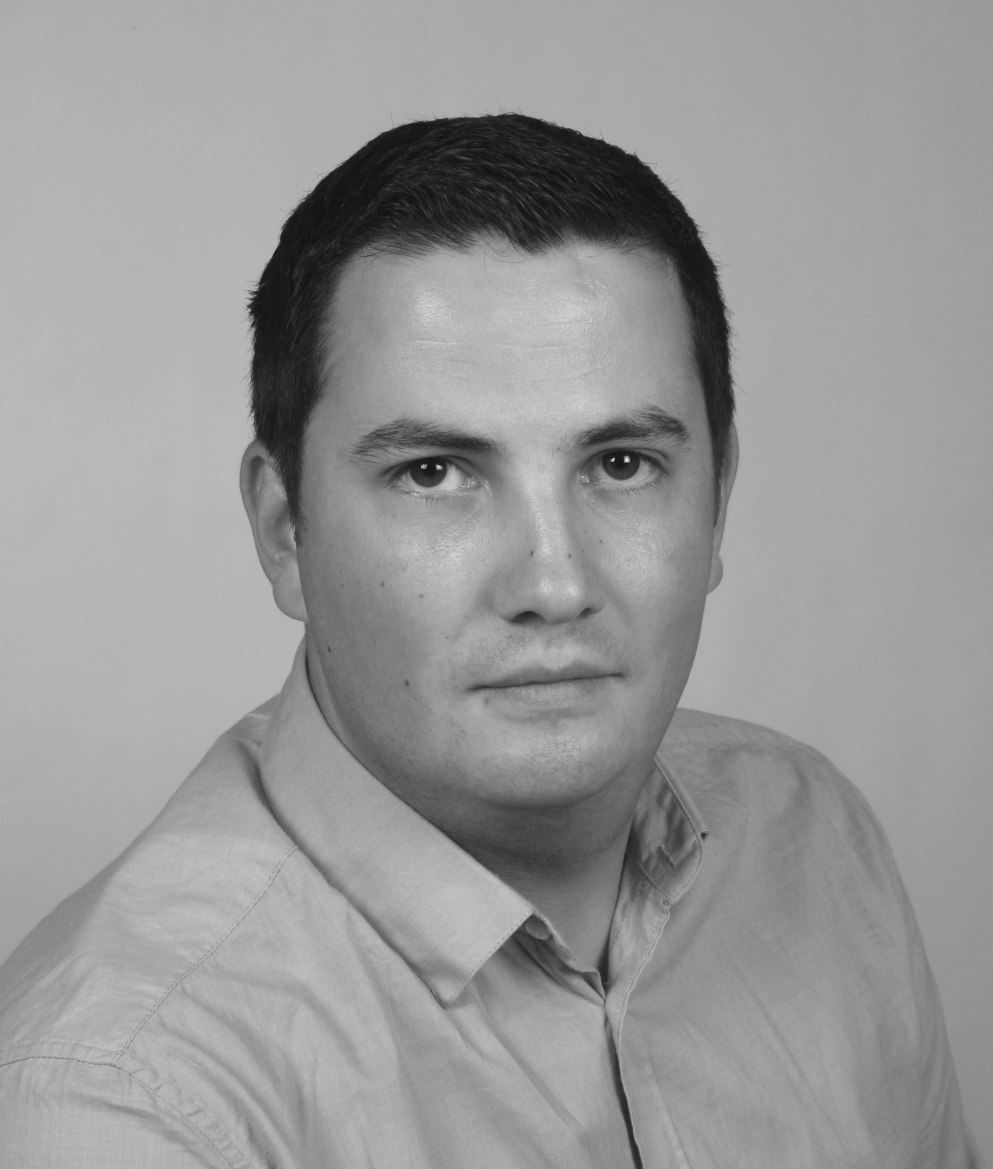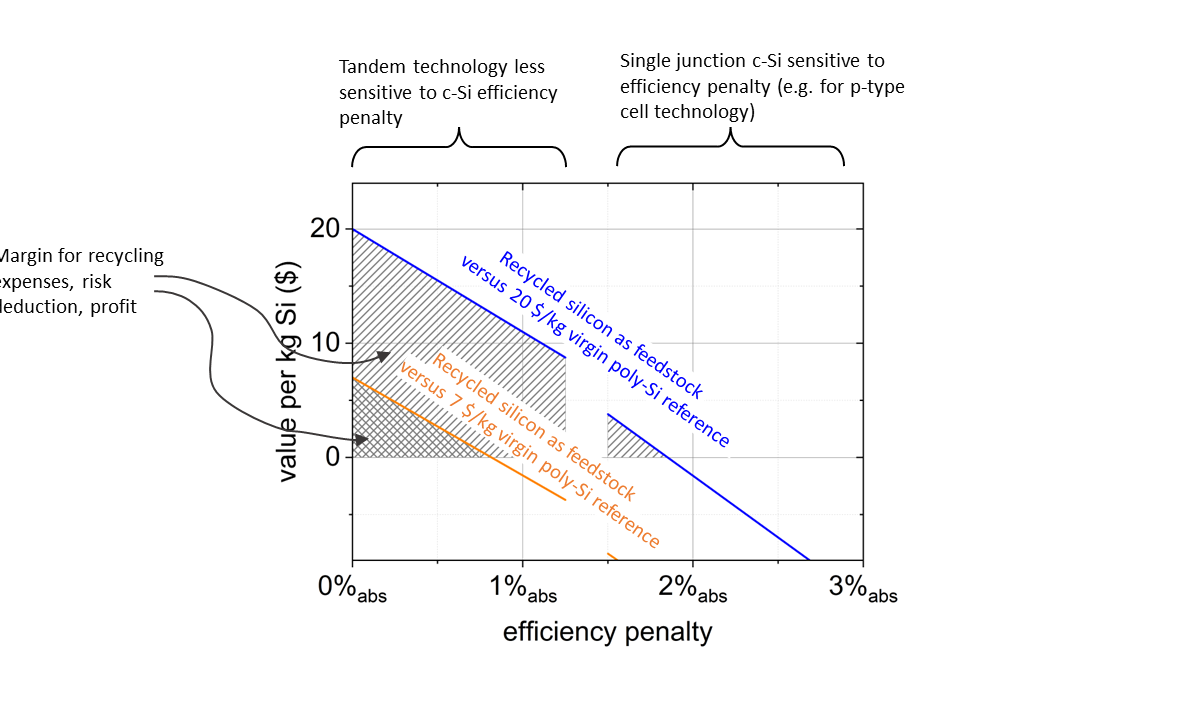pv magazine: Module cost and performance remains an important factor in the realization of subsidy-free utility-scale projects in Europe. Do you envisage that prices will continue to decline throughout the remainder of the year in Europe, in particular?
Radu Roman: Taking Jinko Solar’s and other peers’ 2019 order books as an indicator, particularly high utilization rates, and looking at the expected global demand in 2019, as well as a Chinese market turning around from the second half of 2019 onwards, we are rather confident to see the global market price level rather stabilize, if not slightly increase as we are experiencing now in Q2.
pv magazine: What do you see as the cost drivers for modules in 2019?
Roman: First of all, you have to look at the manufacturing cost as having two components: silicon and non-silicon cost. Looking at the silicon cost, before the 2019 Chinese New Year, we witnessed price increases along the value chain, especially around wafers — this has obviously been reflected in cell and modules prices subsequently. The higher the degree of integration within a manufacturer, which means reducing the gap between wafer/cell/module production capacities, the lower the influence of price fluctuations from third-party manufacturers of wafers and cells — thus lower impact on production costs. Also, the ramping up of wafer production capacity in China, which is expected to be finalized by end of the year, will help stabilize prices upstream and positively impact production costs and ASP fluctuations.
Looking at the non-silicon cost, I believe that technological innovation will be the main cost driver, or, to be more precise, the combination of different technologies both on the wafer/cell and module side. Larger wafer and therefore cell size, half-cut, bifacial, multi-busbar (MBB), shingle modules all allow for higher efficiency and thus significant power output — so, while non-silicon costs such as labor, SG&A but also components like the EVA, frame, glass are the same for a panel, irrespective of the nominal power, the cost per Wp decreases significantly along with power output increase. So, the higher the output the lower the cost per Wp. Also, virtualization, IoT, Big Data and automation in production process help further optimize production costs
pv magazine: In terms of technology, particularly on the module front, what are the innovations that will continue to drive ‘non silicon' costs down in the near term?
Roman: Different technology combinations not only increase power output, delivering a direct benefit, but also generate a series of indirect benefits such as lower BoS and O&M costs by achieving lower LCOE and higher ROI. In the long run, the industry will most likely experience a stronger impact on LCOE costs resulting from technological innovations than from the annual 20-30% module price reductions that we have seen in the past 10 years. Module prices will come down further and continue to fluctuate, but not to the extent we have seen over the last years, which are not sustainable.
pv magazine: What are the challenges in introducing new module technologies to the market, particularly regarding potentially risk-averse subsidy-free project developers?
I believe that the key word here is “bankability” — technical bankability, to be more precise. Lenders need to feel comfortable with new technologies, especially since there is a limited track record and field data. Here is where a very good pre-sales technical team needs to work very closely with the lender’s technical advisors, as well as with the investor or developers’ technical advisors. Tests and simulation data must be provided along with all technical arguments that support the technology. This argumentation can range from third party reports to maybe small pilot projects which can provide field data.
Also, there are early adopters and pioneers out there who understand that new technologies will most certainly benefit their business, helping them achieving higher yields and thus higher ROI.
Another aspect and potential challenge is the changing of market standards. To give you an example, Jinko proved very successfully in differentiating from the competition by introducing a new higher power output product. The Cheetah (modules) are high power output modules up to 400Wp. This is achieved through bigger wafer/cell sizes without significantly changing the module dimensions, which would have led to a big redesign effort for the EPCs. Trying to change the module size market standard by launching significantly bigger module dimensions would be much riskier and depend on the acceptance of the EPCs' system designs.
pv magazine: High performance mono-PERC technologies appear to be increasing their market share. Do you see this trend continuing in 2019 for European projects? And why is this the case?
Roman: Absolutely. We’ve witnessed in the last two to three years a complete paradigm change, shifting from a commoditized market with 90% polycrystalline products, which you could buy from virtually any manufacturer, to a rather specialized market, where products are becoming increasingly more complex in terms of the technologies used and, most importantly, more efficient and thus benefitting of a higher power output. In some geographies, polycrystalline products make more sense, both technologically and financially speaking, but I would say that the market is now ready to adopt highly efficient technologies. In 2019, the share between the two technologies will be 60/40 in favor of mono, and the gap will continue to broaden; I don’t believe that poly will be completely phased out, but its market share will continue to decrease.
pv magazine: What is your personal feeling as to the development of subsidy-free projects in Europe this year and through 2020?
Roman: Subsidy-free projects, be they merchant projects or PPA projects, are already a reality in Italy, Spain, Portugal and at a smaller scale, at least for the time being, in the U.K. Germany and France will be the next markets adopting this model, benefitting from the experience of project developers and investors from other markets in Europe, but also in other geographies. Subsidy free projects can co-exist with regulated projects, which do have FITs, and would only increase competition and further decrease the price of electricity.
Another key to subsidy-free projects development is innovation, not only on the technical side, but also on the financial side — creativity and know-how are quintessential for designing and executing bankable PPAs. And talking about bankability, access to finance is key to the further development of subsidy-free projects in Europe: lenders, especially banks and investment funds, have to become more comfortable with these new business models.
Overall, we feel very optimistic about this market segment, with a significant number of our partners working already on such projects across Europe.
Registration for the Future PV Roundtable at Intersolar Europe is currently closed. Due to the large number of registrants, all attendees are advised to arrive early.
This content is protected by copyright and may not be reused. If you want to cooperate with us and would like to reuse some of our content, please contact: editors@pv-magazine.com.




By submitting this form you agree to pv magazine using your data for the purposes of publishing your comment.
Your personal data will only be disclosed or otherwise transmitted to third parties for the purposes of spam filtering or if this is necessary for technical maintenance of the website. Any other transfer to third parties will not take place unless this is justified on the basis of applicable data protection regulations or if pv magazine is legally obliged to do so.
You may revoke this consent at any time with effect for the future, in which case your personal data will be deleted immediately. Otherwise, your data will be deleted if pv magazine has processed your request or the purpose of data storage is fulfilled.
Further information on data privacy can be found in our Data Protection Policy.